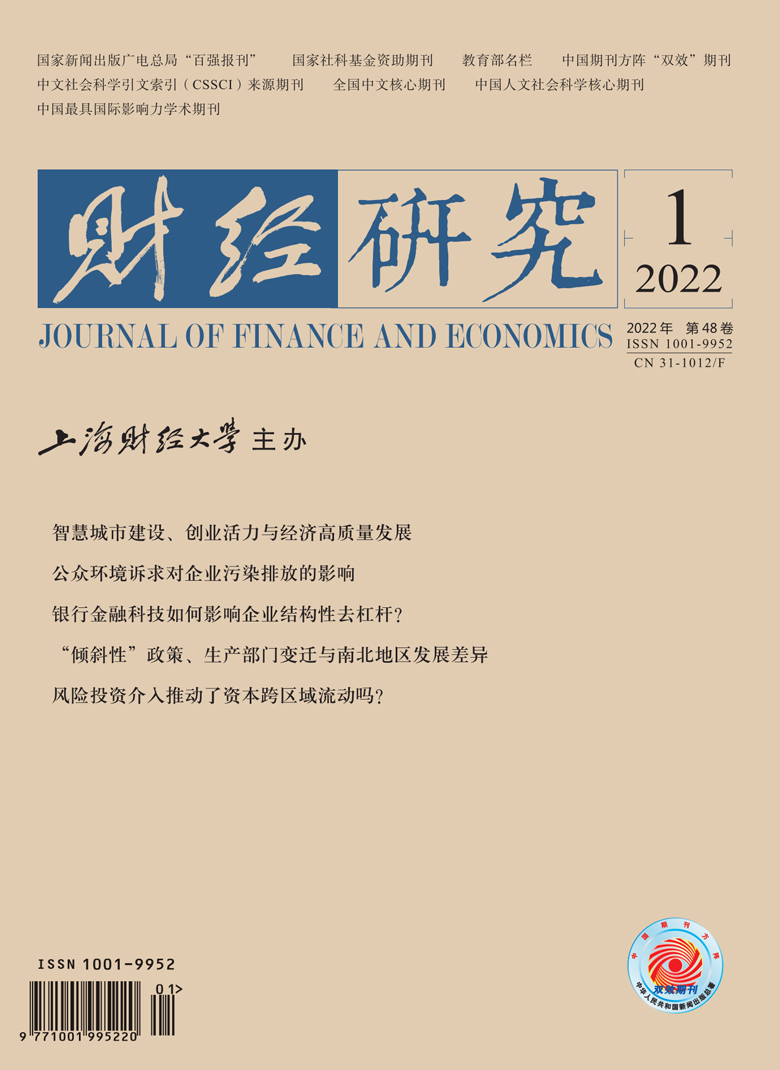Major developed economies have launched a new round of competition for government subsidies against the backdrop of Sino-US trade conflict and the COVID-19 pandemic. China is facing the objective reality of the transformation of subsidy policies. The “spread thinly everywhere” and “one-size-fits-all” subsidies can no longer meet the needs of the new stage. At the same time, with the rapid technological changes and the increasing uncertainties, the renewal and iteration of enterprises is also accelerating. How to make better use of the accuracy of government subsidies and innovation incentive effects and create a fair competition policy environment for enterprises is very important. The differences in the life cycle stages of enterprises reflect their differences in internal characteristics such as management capabilities, strategic choices and financing constraints, as well as differences in the competitive environment and external macro factors they face. Enterprise innovation activities also show up heterogeneity in different life cycle stages. Therefore, this paper selects China’s A-share listed companies from 2010 to 2017 as the research sample, and combines the stage characteristics of the company’s life cycle development to discuss the relationship between government subsidies and enterprise innovation. The study finds that: (1) For companies in different life cycle stages, the impact of subsidies on their innovation is heterogeneous. Subsidies have a significant incentive effect on the innovation of growth-stage enterprises, but have no significant positive impact on the innovation of mature enterprises and enterprises in recession. (2) The direct resource replenishment and indirect signaling mechanism of subsidies only work for growth-stage enterprises. For enterprises in recession, although subsidies have expanded external financing, the destructive effect of “innovative vitality” dominates. Further research finds that subsidies have no impact on innovation regardless of whether enterprises have the willingness to “transform” during the recession stage. (3) The impact of subsidies on the internal innovation willingness of enterprises at different life cycle stages is different, which explains the reason of different effect mechanisms of subsidies in each stage. (4) After distinguishing the types of subsidies, it is found that both R&D subsidies and non-R&D subsidies can encourage growth-stage enterprises to focus on high-quality innovation output. Targeted R&D subsidies have a more significant incentive effect on innovation than non-R&D subsidies. The research has strong policy implications: When formulating subsidy policies, the government should take into account the life cycle characteristics of enterprises. Increasing the subsidy issuance of growth-stage enterprises can give better play to the role of government incentives for innovation; and for mature enterprises and enterprises in recession, the government should consider the withdrawal of non-R&D subsidies.
 / Journals / Journal of Finance and Economics
/ Journals / Journal of Finance and EconomicsJournal of Finance and Economics
LiuYuanchun, Editor-in-Chief
ZhengChunrong, Vice Executive Editor-in-Chief
YaoLan BaoXiaohua HuangJun, Vice Editor-in-Chief
Research on the Impact of Government Subsidies on Enterprise Innovation in Different Life Cycles
Journal of Finance and Economics Vol. 48, Issue 01, pp. 19 - 33 (2022) DOI:10.16538/j.cnki.jfe.20211016.303
Summary
References
Summary
Cite this article
Yu Dianfan, Wang Jiaxi. Research on the Impact of Government Subsidies on Enterprise Innovation in Different Life Cycles[J]. Journal of Finance and Economics, 2022, 48(1): 19-33.
Export Citations as:
For
ISSUE COVER
RELATED ARTICLES




 8596
8596  12169
12169

